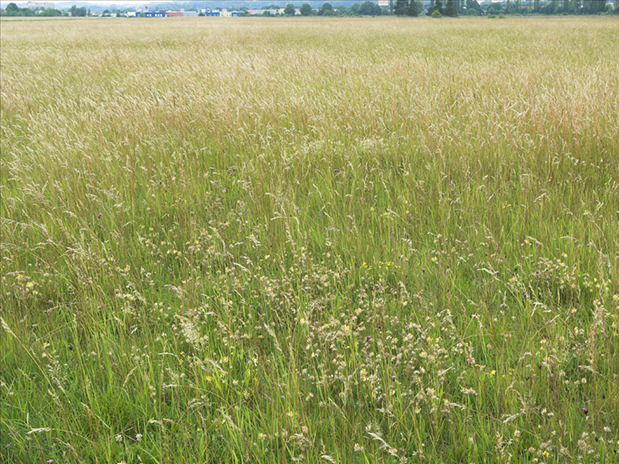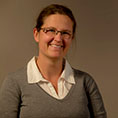Overarching problem statement
A wide variety of questions on the topic of grassland recultivation are usually examined in projects with a limited duration of 3 to a maximum of 5 years. At the end of this period, the evaluation is due - but are these relatively short periods sufficient for a well-founded assessment of this very dynamic type of vegetation? To answer this question, Dr. As part of her dissertation “Grassland restoration success – Comparison of initial and long-term evaluation”, Silke Schaumberger re-examined and evaluated two recultivation projects of the HBLFA Raumberg-Gumpenstein 10 and 18 years after the experimental facility. In both cases, the long-term results were compared with the first evaluation, which proved to be very informative. The results were published internationally.
Publication: “Successful transfer of species-rich grassland using green cuttings or threshing material: does the method make a difference in the long term?”
Based on the Central Europe project SALVERE (Semi-natural Grassland as a Source of Biodiversity Improvement, duration 2009-2011), a comparison between two different seed transfer methods of species-rich grassland was re-evaluated and the results were published internationally. It was shown that species-rich meadow seeds can also be transferred to different locations in the long term and that there are no significant differences between transfer using hay rushes or green cuttings. In the long term, however, there was an immigration of undesirable species and an adaptation of the plant population to the site conditions that deviated from the donor area. These developments were not yet apparent during the evaluation at the end of the official project period.

Publication “Long-term sustainable forest-pasture separations – a question of seed mixtures and management”
The second project, which was re-evaluated, was a pasture area that was created as part of a forest pasture separation in 1998 on an acidic, montane site in the Eschwald near Mürzzuschlag. The repeated recordings of the vegetation showed that a one-time liming during the plant still leads to significantly better yield and vegetation parameters even after almost 20 years. As expected, site-appropriate seeds established themselves better in the long term under the difficult site conditions than commercially available seed material for favorable locations, but here too, undesirable species were able to establish themselves, especially if there was a lack of liming. The long-term observable deterioration of the entire plant population is due to the omission of any care and management measures.

Conclusion
In summary, the dissertation underlines the great importance of long-term observations in grassland experiments, especially in recultivation, as these often only provide reliable results after longer observations due to the dynamics and adaptability of the plant population. Even though long-term observations inevitably often involve higher costs, they still represent a significant contribution to research and can help to understand connections in the future, the issues of which may not yet be known today.
Dissertation by Dr. Schaumberger Silke







